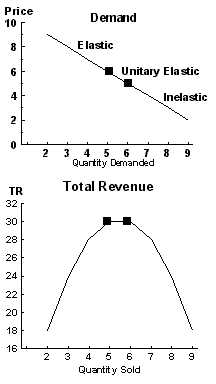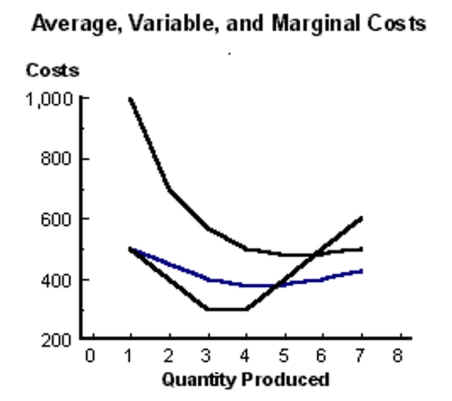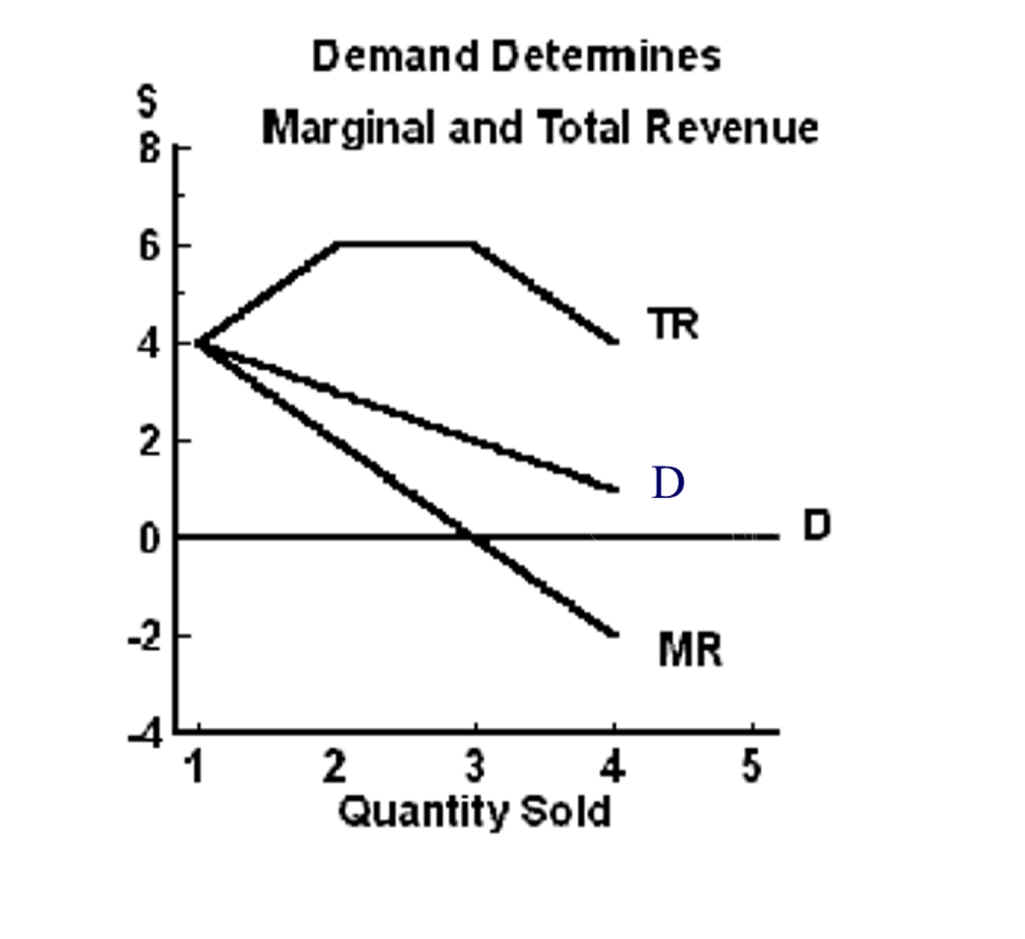
Microeconomics Review #1
19. Demand Elasticity Affects Revenue
|
Microeconomics Review #1
|
|
|
19. Demand Elasticity Affects Revenue |
|
|
19. How Elasticity of
Demand Affects Total Revenue Review
View Entire Chapter 19 with videos A. Elasticity of demand measures the responsiveness of quantity demanded to changes in price, income, and the price of related goods. B. Price elasticity of demand measures the effect of price changes on quantity demanded. C. Coefficient of elasticity of demand for product x measures its price elasticity. |
|
| D. Interpreting Elasticity of demand |
|
||||||
|
Relative Change |
Terminology |
ED Parameters |
|||||
|
None, will pay anything, numerator is zero. |
Perfectly Inelastic |
ED = 0 |
E . Total Revenue Test |
 |
|||
|
Small |
Inelastic |
0 < ED < 1 |
When Price Increases |
Total Revenue |
|||
|
Q demanded and P change same percentage |
Unitary Elasticity |
ED = 1 |
ED >1 |
Somewhat |
Quantity Changing a Lot so you could lose lots of money. |
decreases |
|
|
Large |
Elastic |
1 < ED < |
ED = 1 |
Unitary |
Quantity/Price Changing Same % |
no change |
|
|
Infinitely Large, price doesn't change, denominator is zero |
Perfectly Elastic |
ED is undefined, can't divide by zero. |
ED <1 |
Somewhat Inelastic |
Quantity Doesn't Change Much, so you could make lots of money |
increases |
|
|
Chapter 20 Consumer Behavior and Demand Theory Review View entire Chapter 20 with videosA. Satisfaction received and limited budgets determine consumer demand. B. Utility measures the want-satisfying power of a good or service. C. Marginal utility is the additional or incremental satisfaction (utility) a consumer receives from acquiring one additional unit of a product. D. Law of diminishing marginal utility: Consuming more of a product within a given period will at some point result in diminishing marginal utility. E. Utility maximizing rule: When spending a limited amount of money, consumers try to equate the marginal utility per dollar for the items being purchased. G. Normal Goods, consumers buy more as income rises, Inferior Goods, buy less. beef H. Inferior Goods, consumers buy less as income rises, Inferior Goods, buy less. potatoes F. Consumer's surplus 1. All goods are purchased at an equilibrium price. 2. Because consumers would have paid more for smaller quantities purchased, they are said to receive a surplus. H. Consumer's and Producer's Surplus: Allocation efficiency exists at the equilibrium quantity and at other quantities, there are efficiency losses or Deadweight Loss
I. Understand cost of production is necessary to understand profit.
|
|
|
Chapter 21. How Cost of
Production Affects Supply Review View
Entire Chapter 21
with videos A. Understanding costs 1. Costs are the dollars paid for the factors of production. 2. Opportunity cost is the value of the best alternate use, e.g., the cost of labor is the value that could have been received from using capital. 3. Explicit costs versus implicit costs a. Explicit costs require an out-of-pocket expenditure, e.g., wages, materials, and overhead. b. Implicit costs do not require an outlay, e.g., forgone wages for uncompensated efforts by family members in a family-operated business, included a normal return on investment, which is the minimum amount required to keep resources employed at their current use. 4. Short run costs are both fixed and variable, in the long run, all costs are variable a. Fixed costs do not vary with production, e.g., plant and equipment, property taxes, most overhead, etc. b. Variable costs vary directly with production, e.g., labor and materials c. Marginal cost is the change in total costs which results from making one more unit. 5. Diminishing returns: a. Adding a variable resource (labor) to a fixed resource (capital) will increase production for a while. b. At some point the rate of increase declines and eventually becomes negative. c. Diminishing returns affect both the production of labor and cost of production. d. Example: Using three people to do the dishes didn't make sense because the third person just got in the way. Mom did agree so she relaxed. B. Accounting profits versus economic profits 1. Accounting profit is revenue minus explicit costs and economic profit is revenue minus explicit plus implicit costs. 3 Since implicit cost includes a payment for the risk factor part of interest and payment for entrepreneurial skill. 4. This means Normal Profit is a cost to economists and paid for as an explicit cost, in the long run competition causes economic profit to be zero. |

In analyzing profit, |
|
|
Total product of labor (TPL) measures total
production occurring as more workers are added to a production process
containing fixed resources. because of worker specialization. Stage 2
Decrease marginal
returns to scale because of fixed resources. Analysis: continues to decrease because MC is still lower. When MC rises above AVC, AVC immediately begins to rise indicating the intersection must be AVC's lowest point. |
|
|
22. Understanding Profit Review
View Entire Chapter 22
with videos
|
 |
||
|
Maximizing profit using marginal analysis
Maximizing profit using total analysis of revenue and cost
|
|
Economies and diseconomies of scale affect profit
Long-run costs
|
|